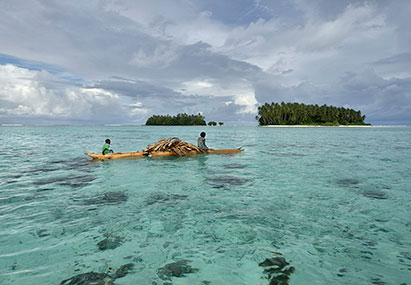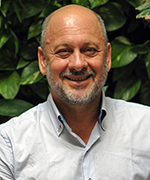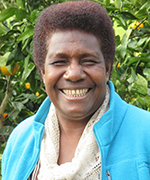REGARDING THE NATIONAL RADIOACTIVE WASTE MANAGEMENT FACILITY

A summary of the letter from MAPW to Industry Minister Matt Canavan
Medical Association for the Prevention of War (MAPW), 23 Feb 18
REGARDING THE NATIONAL RADIOACTIVE WASTE MANAGEMENT FACILITY (NRWMF )
1) The process is very divisive. Repeated, highly damaging processes imposed on previously cohesive communities are causing significant harms.
2) Considerable amounts of persistently misleading information have been and continue to be presented to communities. Incorrect and incomplete information does not result in genuine consent.
3) There is a failure to observe international best practice standards for the highly radioactive long lived intermediate level waste (ILW) management. There is no disposal plan whatsoever for ILW, leaving the problem for many future generations.
REGARDING THE EXPANSION OF NUCLEAR MEDICINE PRODUCTION FOR EXPORT
1) There is a lack of demonstrable “Net benefit”. The proposed 40 year-long expansion of medical isotope production needs genuine cost/benefit analysis to make sure this is not a heavily subsidised product being sold into the global market at the expense of the Australian community both now and in the future. Independent NEA/OECD economic modelling finds only 10-15% cost recovery of isotope manufacture when there is genuine inclusion of all costs.
2) The expansion will create 40 years of significantly increased production of ILW.
3) ANSTO has a narrative of global shortages, yet given falling demand and increasing global supply there is no shortage of Mo99. The NEA/OECD predict a significant oversupply.
4) Again, there is no plan whatsoever for disposal of the additional ILW generated.
Both processes are unacceptably flawed.
Medical Association for the Prevention of War (MAPW) urges
- A halt to the current NRWMF process until such time as world’s best practice is followed. There is sufficient capacity at the Lucas Heights facility, once regulatory approvals are met, to store Low Level Waste (LLW) and Intermediate Level Waste (ILW) well into the next decade.
- Cessation of expansion of nuclear medicine for export, and a phase out of exports, until there is demonstrated, publicly available, clear analysis of cost/benefit and plans for appropriate disposal of the substantial amount of ILW this process will generate.
- Transparent evaluation of “net benefit” to the Australian community. This as a whole must underpin the process, and be based on cradle to grave impacts of production.
- Recognition that currently the information provided to communities is riddled with so much misinformation it calls into question the underlying validity of any community consent process.
In closing, it is clear there is an urgent need for an independent inquiry into the production and management of Australia’s nuclear waste.


 Tim Flannery is one of the world’s most prominent environmentalists. In 2007 he was named ‘Australian of the Year’, arguably Australia’s highest honour. He delivered the 2002 Australia Day Address to the nation. In 2013 he founded, and is now chief councilor, of the Australian Climate Council, Australia’s largest and most successful crowdfunded organisation. His latest book is ‘Sunlight and Seaweed.’ Text Publishing. 2017.
Tim Flannery is one of the world’s most prominent environmentalists. In 2007 he was named ‘Australian of the Year’, arguably Australia’s highest honour. He delivered the 2002 Australia Day Address to the nation. In 2013 he founded, and is now chief councilor, of the Australian Climate Council, Australia’s largest and most successful crowdfunded organisation. His latest book is ‘Sunlight and Seaweed.’ Text Publishing. 2017.
